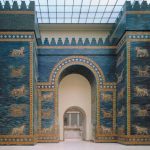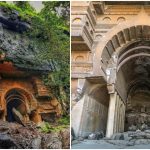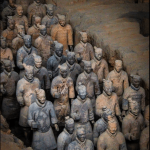An Amazing Historical Building: Istanbul’s Basilica Cistern, Also Known as the Yerebatan Palace

Nestled in the heart of Istanbul, among its many splendid historical buildings, lies a hidden gem that captures the imagination of all who behold it—the Basilica Cistern. Situated in the southwest of the iconic Hagia Sophia, this vast underground cistern is a testament to the ingenuity and architectural prowess of the Byzantine Empire.
Constructed during the reign of Byzantine Emperor Justinian I (527-565), the Basilica Cistern is a marvel of engineering and design. Its primary purpose was to provide a reliable water supply for the residents of Constantinople, the capital of the Byzantine Empire. However, it soon became much more than a mere cistern—it became a symbol of the empire’s wealth, power, and grandeur.
What sets the Basilica Cistern apart is its remarkable architecture and striking features. The cistern is supported by a forest of marble columns, many of which were repurposed from earlier Roman buildings and temples. These columns rise gracefully from the water, creating an otherworldly atmosphere that is both awe-inspiring and hauntingly beautiful.
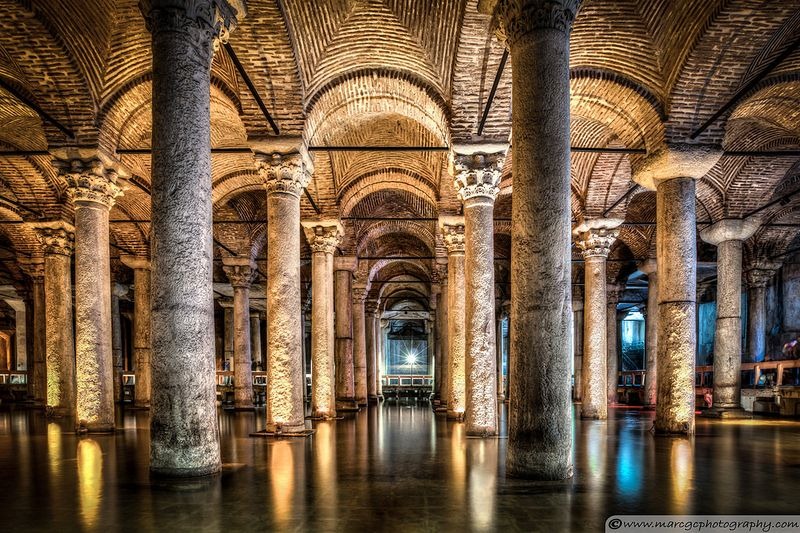
Among the most famous features of the Basilica Cistern are the two Medusa heads, located at the base of two of the columns. The origin of these heads remains a mystery, with theories ranging from ancient relics to decorative elements salvaged from earlier structures. Regardless of their origin, the Medusa heads add an air of mystery and intrigue to the cistern, inviting visitors to ponder their significance.
The Basilica Cistern’s unique design and historical significance have earned it various names throughout the centuries. Among the people of Istanbul, it was commonly known as the Yerebatan Palace, or “Sunken Palace,” owing to its underground location and majestic appearance. This name reflects the awe and admiration that the cistern inspired among those who beheld its splendor.
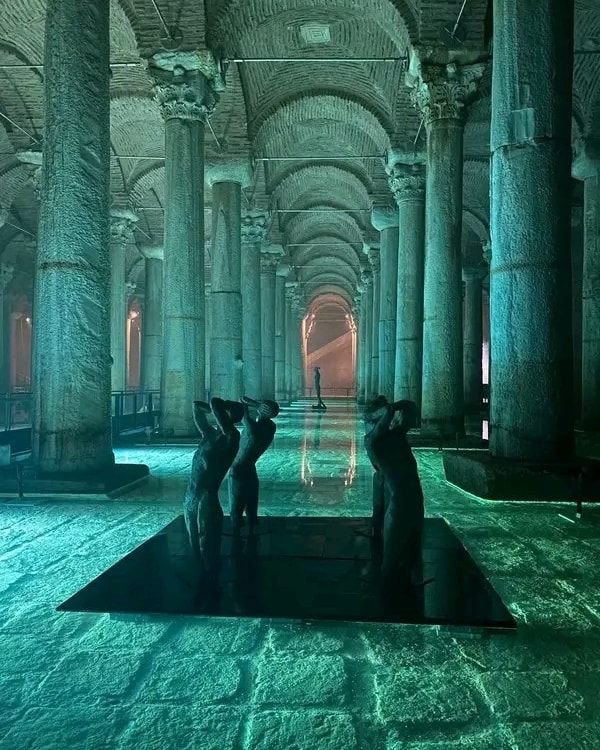
Over the centuries, the Basilica Cistern has undergone numerous renovations and restorations to ensure its preservation for future generations. Today, it stands as a UNESCO World Heritage Site and a popular tourist attraction, drawing visitors from around the world eager to explore its labyrinthine corridors and marvel at its architectural wonders.
But beyond its status as a tourist destination, the Basilica Cistern remains a symbol of Istanbul’s rich and storied past. It serves as a reminder of the city’s status as a crossroads of civilizations, where East meets West and ancient traditions blend seamlessly with modernity. In its cool, dimly lit chambers, one can sense the echoes of history and the whispers of a bygone era.
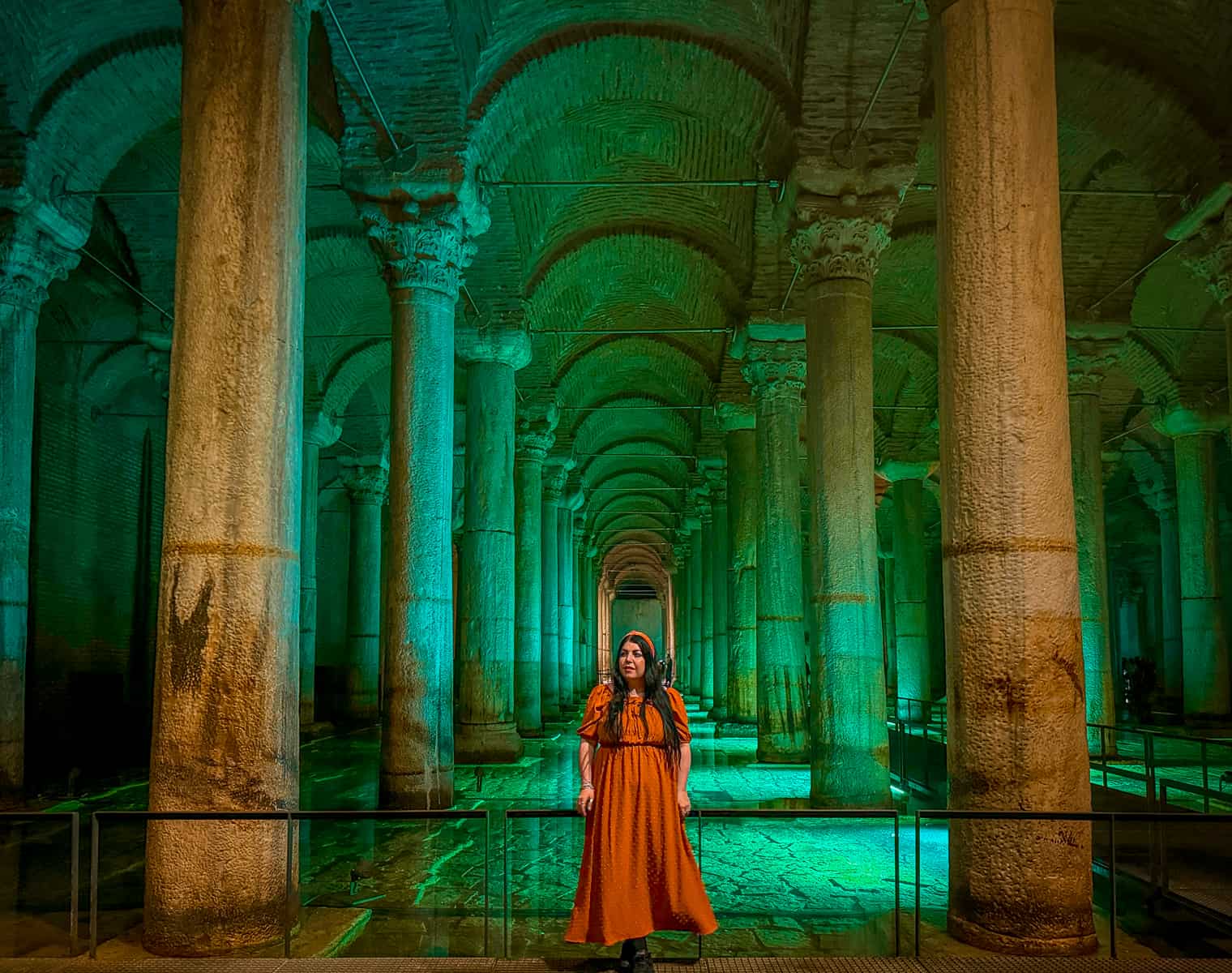
As visitors wander through the subterranean labyrinth of the Basilica Cistern, they are transported back in time to an age of emperors and empires, where grandeur and opulence knew no bounds. It is a journey of discovery and wonder, a testament to the enduring legacy of one of Istanbul’s most magnificent historical buildings.
In conclusion, the Basilica Cistern stands as a shining example of Istanbul’s rich cultural heritage and architectural splendor. Its towering columns, mysterious Medusa heads, and labyrinthine corridors continue to captivate and inspire all who have the privilege of exploring its depths. As a symbol of the city’s past, present, and future, the Basilica Cistern remains an enduring icon of Istanbul’s timeless allure.








